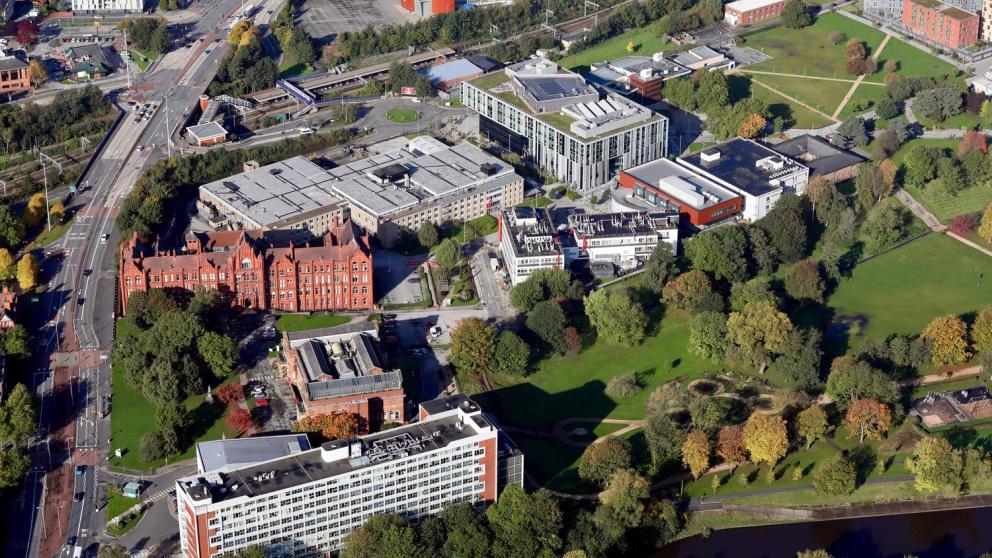Capital projects
Function
The Capital Projects team's function is to lead and deliver Masterplan and non-Masterplan construction projects in accordance with the University’s Strategic and Tactical objectives utilising industry best practice.
Key Project Responsibilities
- Stakeholder engagement
- Programming
- Project Execution Planning
- Risk Management
- Procurement
- Change control
- Cost control
- Sustainability
- Reporting
- Statutory Compliance and Approvals
- Management of external design teams
Additional Project Responsibilities
- Space Management
- Space audits
- HESA returns
Project Delivery
Typically, projects are managed utilising in-house processes and procedures aligned with the RIBA Plan of Works to provide structure and consistency throughout the project lifecycle.
RIBA Plan of Work (Current Ed. 2020)
- Strategic Definition
- Preparation and Briefing
- Concept Design
- Spatial Coordination
- Technical Design
- Manufacturing and Construction
- Handover
- Use
People
The team comprises the following dedicated project management and space planning roles:
- Peter Dentith, Head of Projects
- Jodie Lonsdale, Construction Project Manager
- Charlotte France, Construction Project Manager
- Mike Corbett, Construction Project Manager
- Mike Freeman, Space Manager
Centre of Excellence in Intelligent Automation and Robotics (CEIAR)
The Centre of Excellence in Intelligent Automation and Robotics (CEIAR) will be a focal point of the University’s commitment to industry collaboration, innovation and skills in an established and continually expanding area of expertise by providing a hub which adds value to the University’s and wider Greater Manchester technical infrastructure. The centre will offer SME’s a one-stop-shop for developing and applying robotics and automation alongside other innovative digital technologies into their business. It will offer access to a purpose-built facility, specialist equipment and innovation support services that support new and improved applications and products to be taken forward. The new building will be 2100 sq.m over ground and first floor and incorporates three separate lab areas.
Cockcroft Repurposing
The £1.75M repurposing and refurbishment project will increase specialist teaching and research laboratory space by 321 m2 within the Cockcroft Building. This new space is essential to allow:
- The planned recruitment and the growth in student numbers for programmes using the labs by 2021/22.
- Improved student experience and so satisfaction through provision of agreeable timetabling and dedicated project lab space
- Maintenance of reputation and competitive advantage against regional institutions
- Planned PGR Growth

